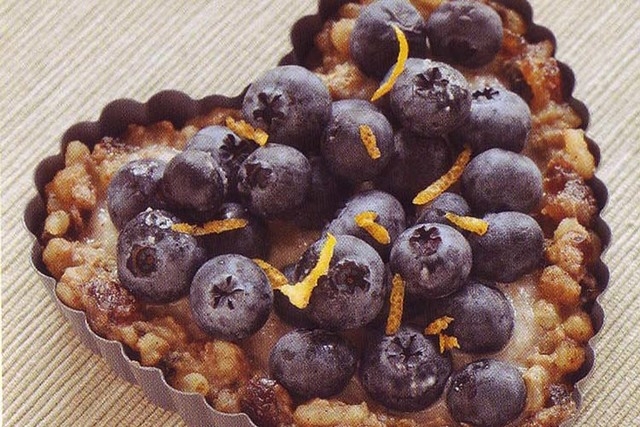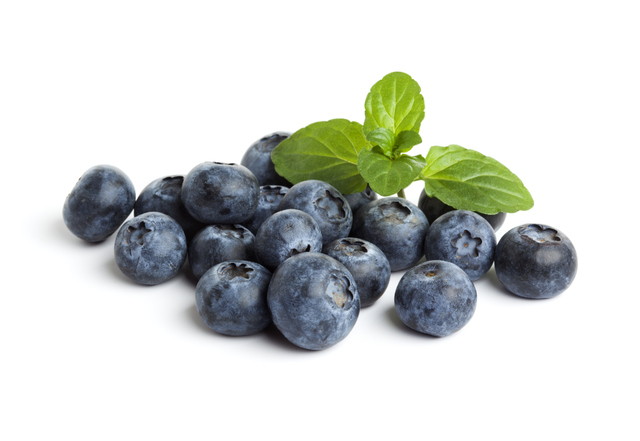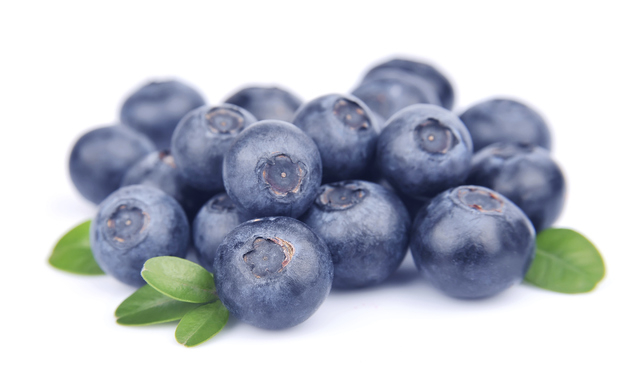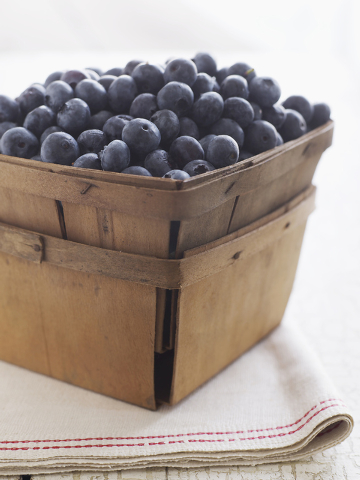Blueberries win blue ribbon for benefits
Sure, you can go with goji berries, or ask for acai. But there’s one superfood that’s way more familiar, and that’s the blueberry.
Actually, Mary Wilson, a registered dietitian and nutrition specialist with University of Nevada Cooperative Extension, eschews the term “superfood,” pointing out the real value comes from a diet rich in a broad variety of all types of fruits and vegetables. But she acknowledges that blueberries have a few extra things going for them.
“They’re a good source of vitamin C, potassium and fiber,” Wilson said. “But they’re a top source of polyphenols, notably anthocynanins, and that’s what gives them their blue color.” (As a side note: Because beneficial aspects of fruits and vegetables are generally manifestations of their color, consuming a wide variety of them increases the variety of phytonutrients, which is why nutrition advocates like to remind us to “eat the rainbow.”)
Polyphenols, Wilson said, are among the plant phytochemicals, that have been linked to the prevention of some types of cancer. Those in blueberries also have anti-inflammatory and neuro-protective properties, she said.
According to the Pennington Biomedical Research Center of Louisiana State University, berries have been studied for their role in the prevention of cancers including oral, breast, colon and prostate. Blueberries, the center said, have a “diverse range of phytochemicals.”
Additionally, consumption of blueberries may play a role in delaying the development of diseases such as Alzheimer’s, according to Pennington. In a study on heart-disease risk, it was found that the participants, who were chronic cigarette smokers, showed fewer stressors with regular blueberry consumption.
And that consumption clearly is going up, in large part because of the health benefits, according to the Pennington center. The U.S. Highbush Blueberry Council (which uses “little blue dynamos” in its logo) reported that production of highbush blueberries, the species most commonly cultivated, went from about 110 million pounds of fresh and 125 million pounds of processed berries in 2001 to about 375 million pounds of fresh and 225 million pounds of processed berries in 2012. In 2013, the council reported, U.S. per-capita consumption was estimated at 1.25 pounds of fresh, 1 pound of processed blueberries per year.
About that fresh-versus-processed aspect: Wilson said that dried, canned and processed blueberries have the same health benefits as the fresh berries, although she cautioned to be mindful of added sugar in processed-berry products. And blueberries, she said, are more economical than the highly touted goji and acai berries.
The Produce for Better Health Foundation notes that blueberries are low in fat, free of saturated fat and sodium and a good source of dietary fiber.
Want to increase your consumption of the little blue dynamos? Here’s a simple, nutritious recipe from the U.S. Department of Agriculture.
CRUNCHY BERRY PARFAIT
½ cup nonfat vanilla yogurt
1 cup blueberries
½ cup low-fat granola or crunchy cereal
Spoon yogurt into glass, then top with fruit and granola.
One more thing: The Produce for Better Health Foundation says that when buying fresh blueberries, choose those that are firm, plump, dry and uniform in size, with a dusty blue color. You can expect to keep them in the refrigerator for 10 to 14 days.
Contact reporter Heidi Knapp Rinella at hrinella@reviewjournal.com or 702-383-0474.

























